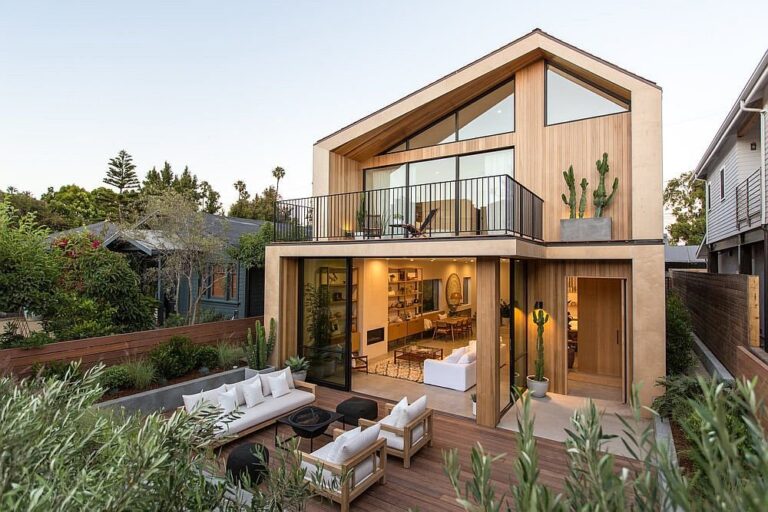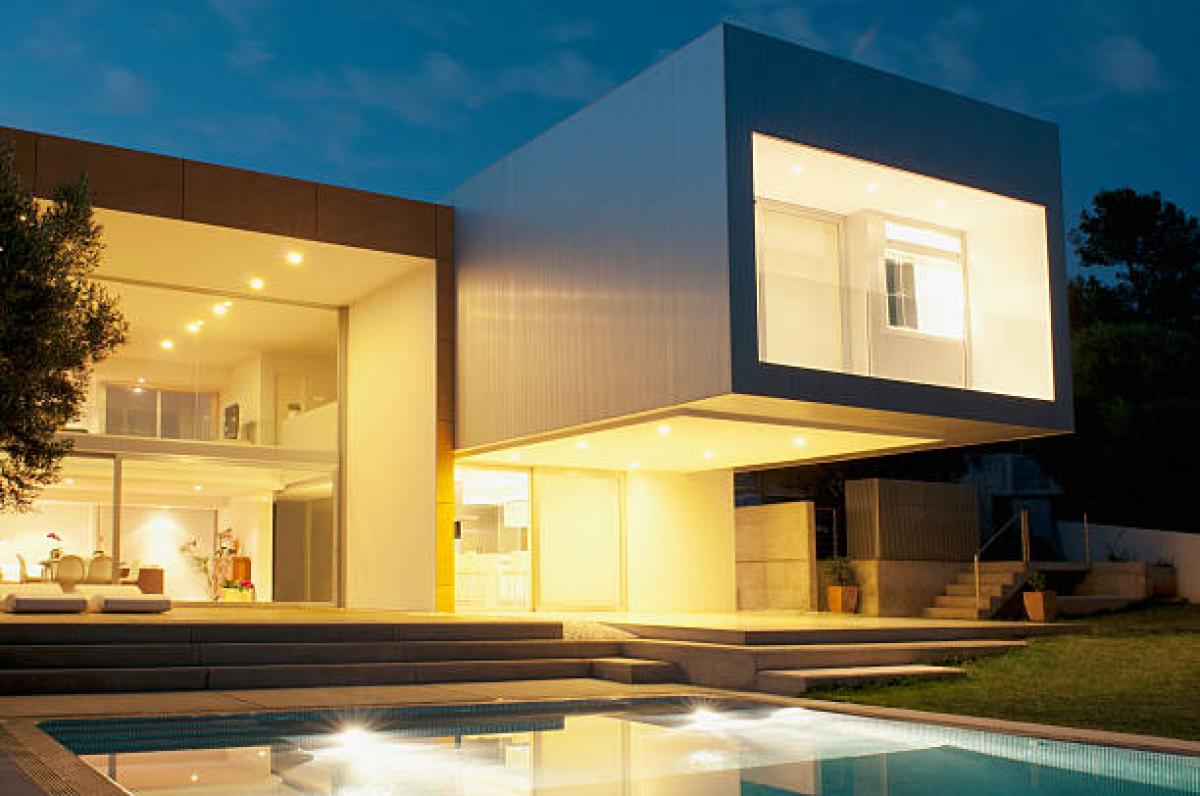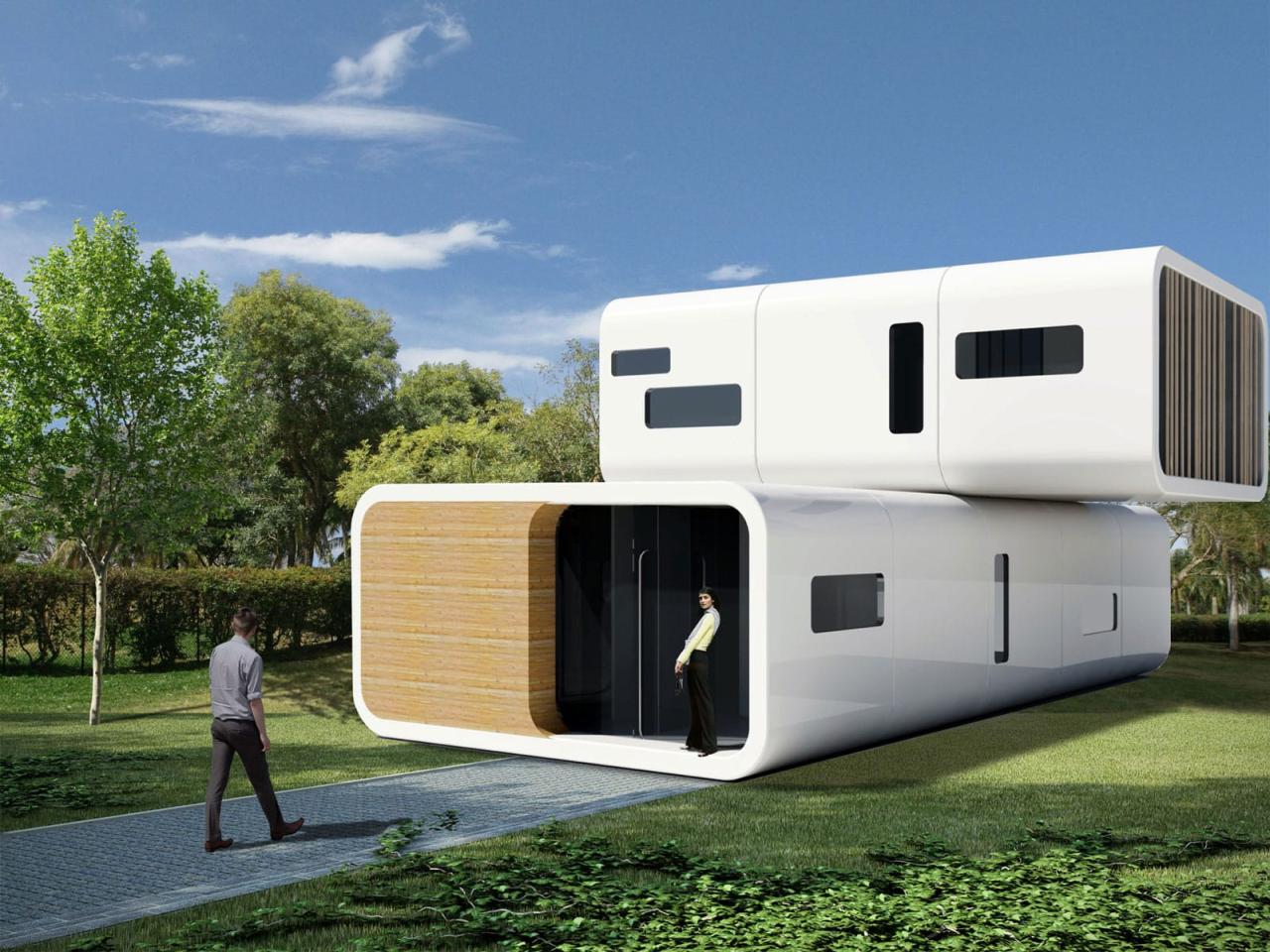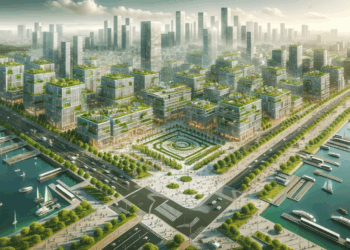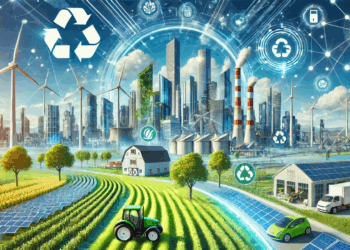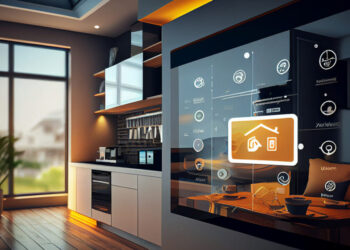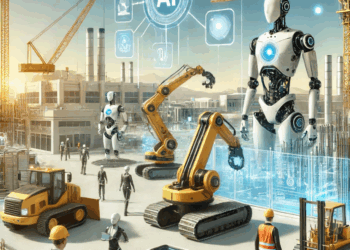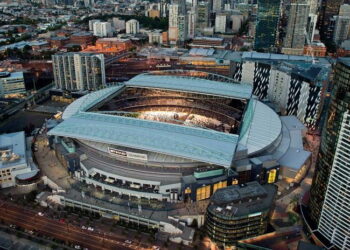Introduction: The Dawn of a New Housing Era
The prefabricated home industry is undergoing a seismic transformation, evolving from cookie-cutter trailers to bespoke, tech-infused residences built 50% faster and 20% cheaper than traditional homes. With global supply chain disruptions and climate pressures, prefab construction has surged by 300% since 2020—projected to become a $290 billion market by 2030. This deep dive reveals how robotics, AI customization, and sustainable engineering are dismantling stereotypes, positioning prefab homes as the future of accessible, resilient, and luxurious living.
Why Prefab? The Urgent Market Shift
Drivers fueling the revolution:
-
Affordability Crisis: Median home prices exceed $400,000 in the US, while prefab cuts costs by $100/sqft.
-
Labor Shortages: 650,000 construction jobs unfilled in 2023 (NAHB).
-
Climate Demands: Prefab generates 35% less waste and slashes CO₂ by 41% (UNEP).
-
Speed Imperative: Families displaced by disasters need housing in weeks, not months.
Innovations Powering the Prefab Renaissance
A. Robotic Factories: Precision at Scale
Automation replacing human error:
-
3D Volumetric Printers: Machines like COBOD construct entire modules in 72 hours.
-
AI Quality Control: Computer vision detects structural flaws at 0.1mm accuracy.
-
Case Study: Katerra’s Arizona plant builds 300+ homes/year with 80% robotic labor.
B. Smart Material Science
Next-gen substances redefining durability:
-
Cross-Laminated Timber (CLT): Engineered wood stronger than concrete, carbon-negative.
-
Self-Healing Concrete: Microcapsules release limestone when cracked.
-
Aerogel Insulation: NASA-derived tech providing R-40 insulation in 10mm thickness.
C. Hyper-Customization Platforms
Democratizing bespoke design:
-
AI Configurators: Cover’s software generates 50,000+ layout options in 60 seconds.
-
VR Walkthroughs: Clients modify finishes in real-time via Oculus headsets.
-
Case: Blokable’s app lets users design micro-communities with drag-and-drop modules.
Hidden Advantages Beyond Cost
A. Sustainability Supercharged
Eco-benefits transforming communities:
-
Closed-Loop Water Systems: Greywater recycling + rainwater harvesting (saves 1.2M gallons/year).
-
Integrated Renewables: Tesla Solar Roof + geothermal HVAC pre-installed in factories.
-
Zero-Waste Factories: Factory OS recycles 99% of steel/glass offcuts.
B. Resilience Engineered In
Weathering extreme climates:
-
Hurricane Resistance: Aerodynamic shapes + anchored foundations withstand 200mph winds.
-
Seismic Adaptability: Base-isolated foundations absorb 90% of quake energy.
-
Fireproofing: Non-combustible mineral wool insulation (rated for 2,000°F).
C. Health-Centric Design
Wellness embedded in blueprints:
-
Anti-VOC Materials: Low-emission paints and formaldehyde-free adhesives.
-
Biophilic Integration: Living walls and circadian lighting systems.
-
Air Filtration: Hospital-grade MERV 16 filters in HVAC.
Debunking Prefab Myths
| Myth | Reality | Proof Point |
|---|---|---|
| “Prefab = Cheap Quality” | Premium finishes rivaling custom builds | Dvele’s $1.5M luxury prefabs |
| “Limited Customization” | Endless layouts via modular combinations | Muji Hut’s 4,000+ configurations |
| “Financing Impossible” | Specialized loans from Fannie Mae/Freddie Mac | 80% prefab projects financed in 2023 |
Global Leaders & Case Studies
A. Japan’s Daiwa House (Robotic Mastery)
-
Tech Stack: 200+ welding robots + AI logistics algorithms.
-
Output: 1 home completed every 9 minutes.
-
Innovation: Earthquake-damping rubber foundations.
B. Sweden’s BoKlok (IKEA Partnership)
-
Model: Flat-packed kits assembled onsite in 48 hours.
-
Affordability: Homes sold at 75% of market rate.
-
Sustainability: 100% renewable energy-powered factories.
C. US’s Plant Prefab (Celebrity Backed)
-
Signature: LEED Platinum homes with Alexa-integrated automation.
-
Speed: 50% faster permitting via pre-certified designs.
-
Client: Robert Downey Jr.’s eco-resort development.
The Tech Stack Behind Modern Prefab
A. Design Phase
-
Generative AI: Higharc auto-generates code-compliant blueprints.
-
Digital Twins: Simulating energy use/structural stress pre-construction.
B. Manufacturing Phase
-
Automated Cutting: Stromab CNC machines precision-cut materials with 0.05mm tolerance.
-
Robotic Assembly Lines: ABB’s YuMi installs electrical systems in 8 minutes.
C. Logistics & Assembly
-
Blockchain Tracking: Real-time shipment monitoring via VeChain.
-
Drone-Assisted Installation: Guiding crane operations via LiDAR.
Overcoming Industry Challenges
A. Regulatory Hurdles
Solutions gaining traction:
-
Unified International Codes: ICC/MBI standards adopted in 32 states.
-
Pre-Approved Kits: California’s “Approved Module List” cutting permit time to 10 days.
B. Supply Chain Risks
Mitigation strategies:
-
Vertical Integration: Veev owns timber mills + tech factories.
-
Localized Production: Micro-factories within 100 miles of sites.
C. Consumer Perception
Rebranding tactics:
-
Celebrity Endorsements: Leonardo DiCaprio’s investment in Ecovative.
-
Show Villages: Lillevilla’s luxury prefab communities in Finland.
Future Horizons: 2030 and Beyond
-
4D-Printed Homes: Shape-shifting walls adapting to weather.
-
Space Habitat Prototypes: NASA-funded expandable lunar prefabs.
-
AI Community Planning: Algorithms optimizing neighborhood solar/wind exposure.
-
Blockchain Ownership: Fractional NFT home investments.
Conclusion: The Unstoppable Prefab Wave
Prefab homes have shattered their “cheap temporary housing” stigma, emerging as sophisticated, sustainable, and scalable solutions for a world grappling with climate emergencies and housing shortages. As robotic factories achieve BMW-level precision and AI democratizes architectural genius, we stand at the threshold of a revolution where beautiful, resilient homes are accessible to all—built in weeks, lasting generations, and healing our planet.
Tags: Prefab Homes, Modular Construction, Sustainable Housing, Robotic Building, Custom Home Design, Affordable Housing, Green Building, Construction Innovation, Future Living, Smart Homes

